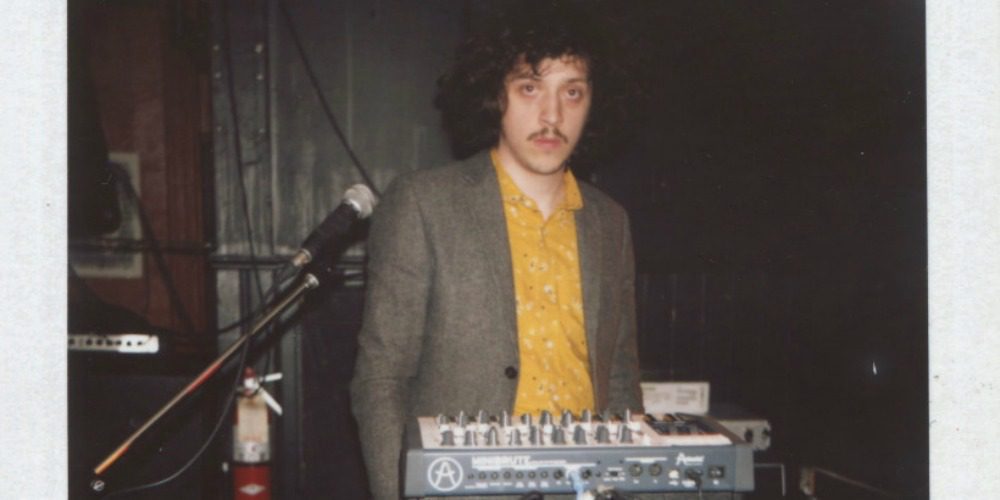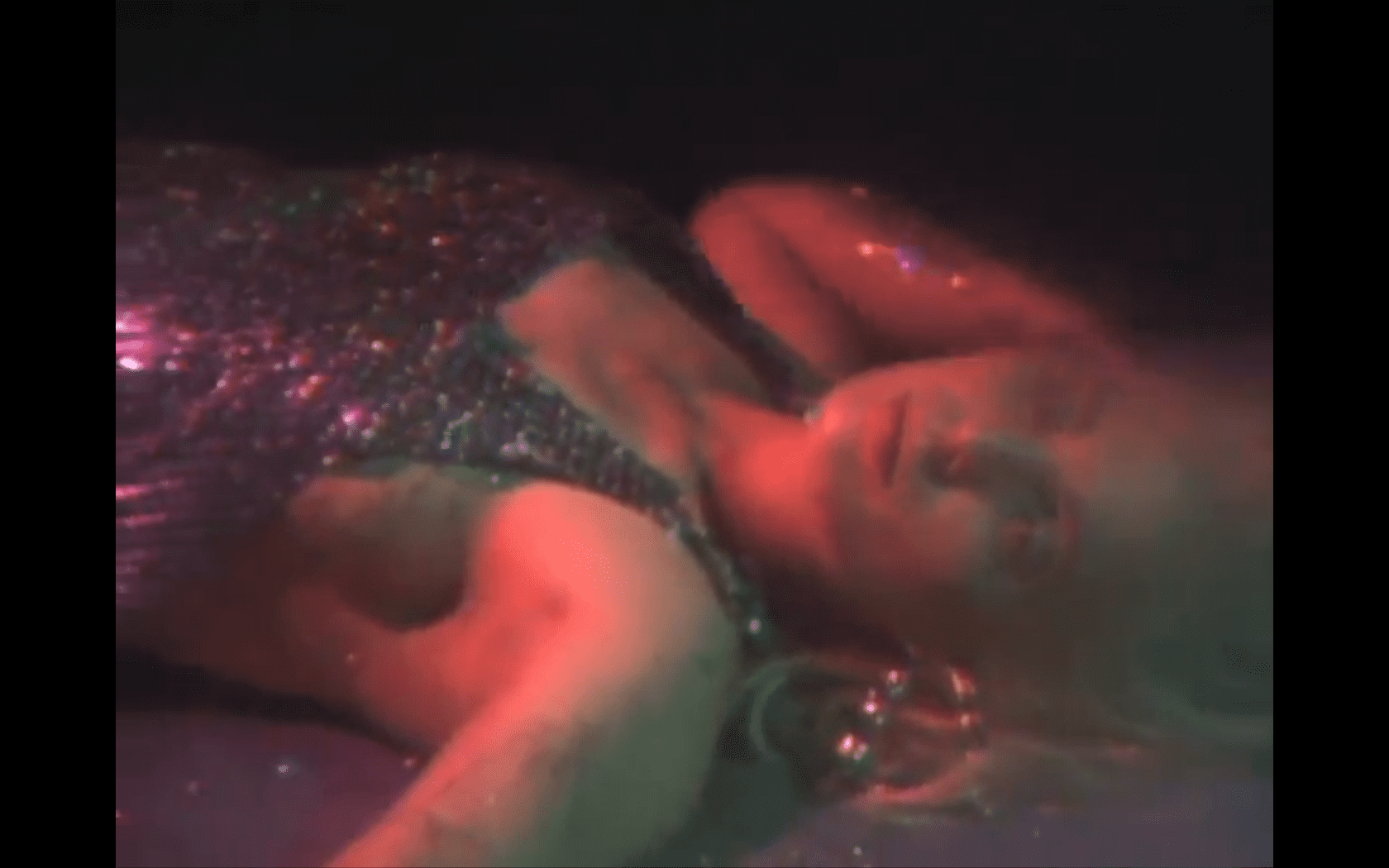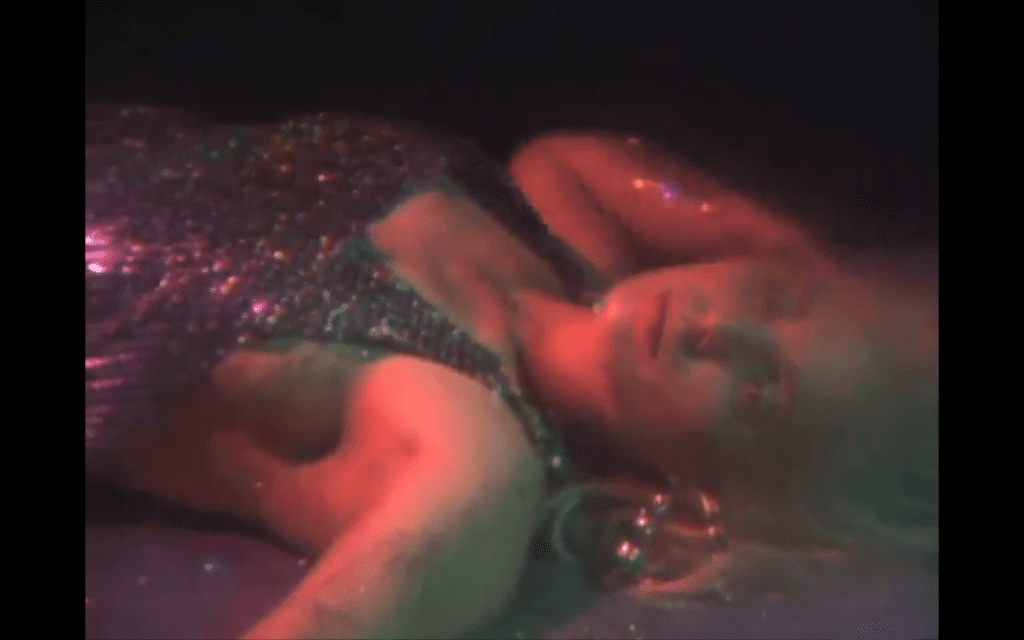ARTIST INTERVIEW: Slim Twig

We’ve all been a bit dizzied by Toronto song man Slim Twig lately. He’s been on a roll reissuing his pop-opera opus A Hound at the Hem, touring the mid and North Easts of the country, and never letting the creative juices run dry. We had a chance to catch up with Slim (or Max Turnbull if you prefer his mortal name) to see what’s up next, and why being weird is always better.
AudioFemme: So you just finished up a tour; how did it go? Any funny stories?
Slim Twig: It went well. I’m still very much in the throes of building an audience, so there remains a certain amount of crowd fluctuation between shows. The important thing is that the band sounds great, and we’re able to win the attention of anyone who has shown up. Funny tour stories normally involve some element of band stupidity or (modest) debauchery, so I think those are best saved for personal conversation. I have a band like any other, we like to get in trouble from time to time. Mostly we’re alright.
AF: I didn’t recognize anything from A Hound at the Hem when you played at Cake Shop the other week…was the set you played the beginnings of a new record?
ST: It’s funny you say that. The songs off Hound are so densely arranged, it’s heavy slogging trying to arrange for rock n’ roll quartet. I was very pleased that we were able to perform two songs off that record in our set off this last tour… It felt like an achievement of some kind. They are of course re-arranged somewhat to suit what we travel as so if you had your ears perked up for those lovely string quartet moments off the record, you may have missed those tunes completely! It’s something of a point of pride to give an audience that’s come and paid to hear my tunes something that they wouldn’t have encountered on the record… What’s the point otherwise? I think I’m somewhat in the minority in this practice nowadays, many bands seem content to play faithful versions accompanied by backing tracks. To answer your question a little more directly, yes many of the songs you would have heard are off the forthcoming album which is just finished. Very excited to be playing this new stuff.
AF: Hound has gotten a lot of well-deserved attention lately because of the DFA reissue. It really is a fantastic record! For a lot of us it’s a new discovery, but you recorded it a few years ago…what’s it like promoting something that you wrapped up a while back? Do you see it in a different light now?
ST: It’s been an odd journey, but I’ve been very pleased with the reception of this older record. I’m prideful of the fact that the album is not easily pigeonholed, and I keep this in mind whenever my mind strays to why its path has been an unanticipated one. It has been an odd feeling of deja vu trying to engender excitement for something that is a clear product of my younger mind, especially for someone whose musical vision is constantly in motion as mine seems to be. In some ways this album marks a new beginning in my music making, so it’s logical that it’s the introduction for most people to my music.
AF: What has your relationship with DFA been like? They seem to really believe in your work. After I bought the pink version of the Hound LP online Kris sent me a thank you email and put me on the list for your Palisades show. He said buying your album showed ‘discerning tastes.’ It sounds like you really won them over!
ST: In one of my first meetings with DFA, Jonathan Galkin (who runs the label along with Kris) told me to ‘keep the music as weird as possible.’ This was the best encouragement for someone like me, as I took it to mean ‘continue deeper into your own vision’… I don’t think many musicians are working under such a cushy pretext anymore. I suppose they knew what they were getting into being that I was drawn into the fold via a Black Dice connection. In any case, I’m blessed and right where I need to be.
AF: At your set at Cake Shop you introduced a song by saying: ‘This song is about not fetishizing the past.’ What do you mean by that?
ST: Especially in the rock idiom, there seems to be an assumption that all the best music has been and gone. I have a giant classic rock fixation, so I too am guilty of this train of thought every so often. I do feel though that it is this way of thinking itself, that prevents a context for new sounds to break through and seem as vital as the old sounds. Some of my music is concerned with this battle between mining the past for inspiration (the only concrete source of inspiration in a literal sense), and the desire to transcend those elements… I think contemporary rock culture could do with a good dose of killing one’s idols. The trouble is once having killed one’s idols, there’s a tendency to also do away with melody, structure, clever lyrics and a more ambitious approach to production. I have a fondness for all those elements that many punkier folk will simply do away with in an effort to not repeat the classics.
AF: Who are some of your favorite contemporary artists?
ST: I can admire anyone who has their own vision, not to say that they can’t betray influences – but any distinct voice that rises through the murk is appreciated. U.S. Girls, Danava, Zacht Automaat, Jack Name, Jennifer Herrema, Ghost Box artists & Eric Copeland are some good examples of modern stuff I can go deep with.
AF: Can you speak about your artistic relationship with your wife Meghan Remy? You seem to have a very crucial role in each other’s work.
ST: Basically we just have totally opposite creative sensibilities. Meghan is driven by a very deep emotional place in her music, where my process is a lot more cerebral (if you couldn’t tell by my longwinded answers). Not to say that those tracks don’t intersect, but often times we serve to widen each other’s vision. Obviously, there’s a great personal rapport that makes this process highly enjoyable and repeatable. It’s a good situation.
AF: Where are some places you’d really like to tour that you haven’t had a chance to visit yet?
ST: Italy. Italy. Italy. Have done much of Europe a handful of times, but never Italy. Japan too, though I hate to fly so it’s a bit of a tall order.
AF: From what I’ve read your whole family is creative. Did making art ever seem like an option for you, or was it simply a necessity?
ST: It’s just part of the culture of how I came up. It was never enforced of course, but it’s very natural to always have a project on the go. Any way of life that doesn’t accommodate constant creativity would seem awfully dull in my view.
AF: What’s up next for Slim Twig?
ST: Dragging an appropriation of rock ‘n’ roll kicking and screaming into a place free of cliche, sexism and trod on association. Wish me luck!
AF: GOOD LUCK!!! We’d expect nothing less from you. Keep that fire burning.
[fusion_builder_container hundred_percent=”yes” overflow=”visible”][fusion_builder_row][fusion_builder_column type=”1_1″ background_position=”left top” background_color=”” border_size=”” border_color=”” border_style=”solid” spacing=”yes” background_image=”” background_repeat=”no-repeat” padding=”” margin_top=”0px” margin_bottom=”0px” class=”” id=”” animation_type=”” animation_speed=”0.3″ animation_direction=”left” hide_on_mobile=”no” center_content=”no” min_height=”none”]
[retweet][/fusion_builder_column][/fusion_builder_row][/fusion_builder_container]








